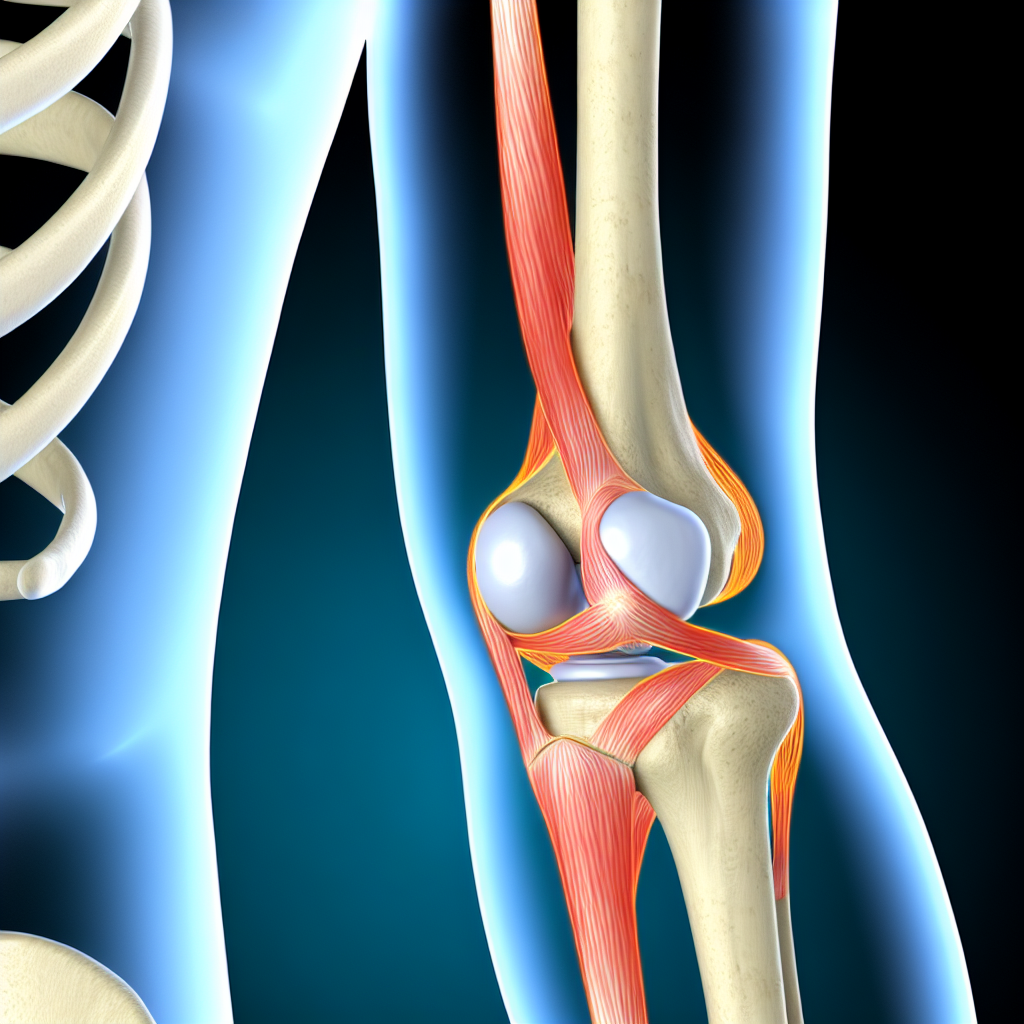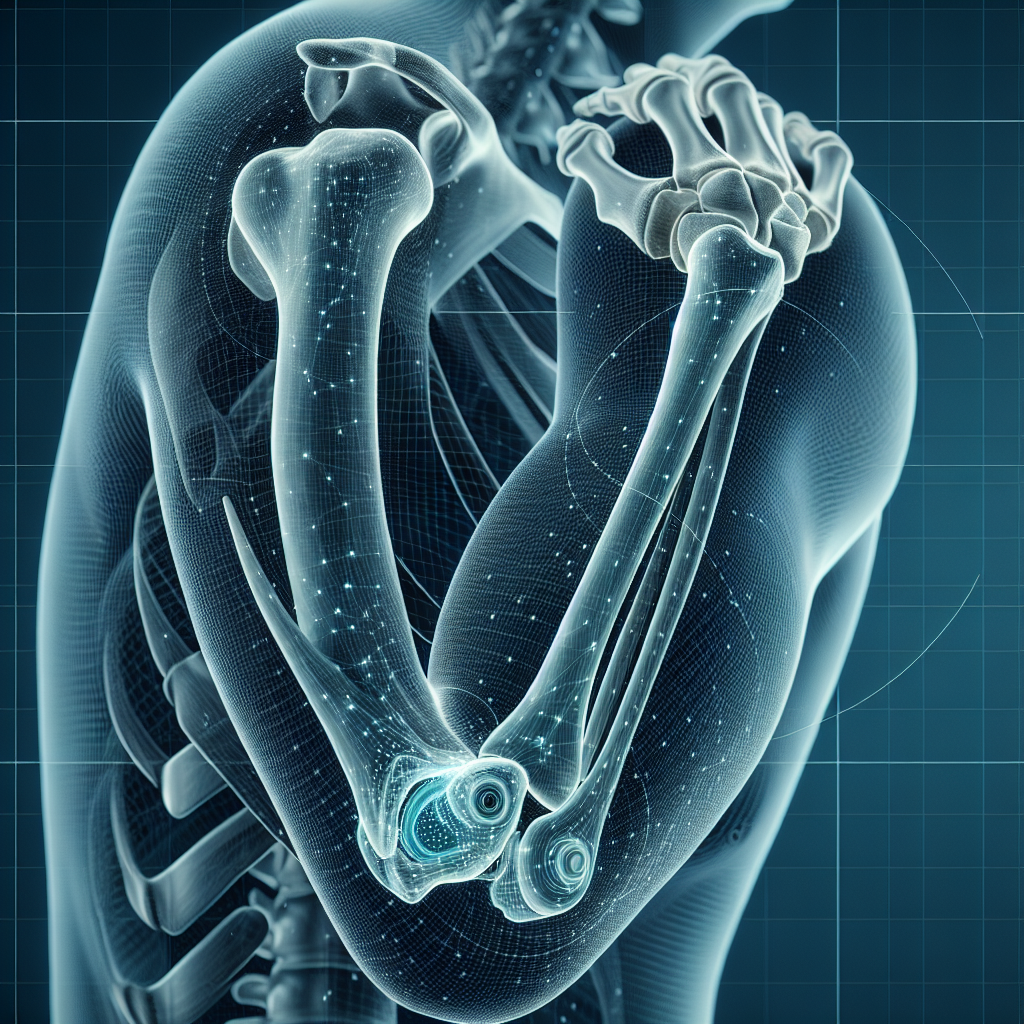An elbow dislocation is a serious injury that occurs when the bones forming the elbow joint are forced out of their normal position. This injury can cause significant pain, swelling, and limited range of motion. Often the result of trauma such as a fall, high-impact collision, or sports-related injury, an elbow dislocation requires immediate medical attention to reduce the risk of complications and restore normal function.
The elbow joint is quite stable, but because of its structural design and range of motion, it is also vulnerable to dislocations, particularly when exposed to excessive force. A dislocated elbow can involve the displacement of the ulna and radius in relation to the humerus, leading to difficulty in movement and possible damage to surrounding tissues. This article will explore the anatomy, causes, symptoms, diagnosis, treatment options, and prognosis for individuals with an elbow dislocation.
What Is Elbow Dislocation?
Elbow dislocation refers to the displacement of the bones in the elbow joint, typically the ulna and radius, relative to the humerus. In a normal, healthy elbow, these bones are aligned to allow smooth, coordinated movement. However, when the elbow is subjected to force beyond its normal range, one or more of these bones can shift out of place, causing dislocation.
While it is less common than other joint dislocations, such as those in the shoulder or knee, elbow dislocations are still significant injuries that require prompt medical attention. They can involve varying degrees of severity, from simple dislocations where the bones are only slightly misaligned, to complex dislocations involving fractures or damage to ligaments and nerves.
Anatomy of the Elbow Joint
To understand the impact of an elbow dislocation, it’s crucial to first look at the anatomy of the elbow joint.
The elbow is a hinge joint formed by three bones:
- Humerus: The upper arm bone.
- Radius: The bone on the outer side of the forearm.
- Ulna: The bone on the inner side of the forearm.

These bones are held together by several ligaments that provide stability:
- Ulnar collateral ligament (UCL): Provides stability to the inner side of the elbow.
- Radial collateral ligament (RCL): Provides stability to the outer side.
- Annular ligament: Encircles the radius, allowing it to rotate smoothly.
The elbow also contains important nerves and blood vessels, including the median nerve, ulnar nerve, and brachial artery. A dislocation can disrupt these structures, leading to complications like nerve damage or circulatory issues.
What Causes Elbow Dislocation?
Elbow dislocations typically occur from trauma or excessive force applied to the joint. Some of the most common causes include:
1. Falls
- A fall onto an outstretched hand is the most frequent cause of elbow dislocations. The force from the ground can push the bones of the elbow joint out of their normal alignment.
2. Sports Injuries
- Contact sports such as football, rugby, or basketball can put the elbow at risk. A direct blow to the elbow, or an unusual twisting motion, can cause dislocation.
3. Motor Vehicle Accidents
- High-impact accidents can create enough force to dislocate the elbow. The violent forces at play can force the joint into an unnatural position.
4. Repetitive Stress or Hyperextension
- Repetitive activities that place strain on the elbow, or hyperextension (bending the elbow backward beyond its normal range), can gradually lead to dislocation.
5. Trauma or Direct Impact
- Direct impact to the elbow joint from a punch, fall, or blunt object can result in a dislocation, particularly if the impact is severe.
What Are the Symptoms of Elbow Dislocation?
When an elbow dislocation occurs, the symptoms are typically sudden and severe. Common symptoms include:
1. Severe Pain
- The pain associated with an elbow dislocation is often intense and immediate. The pain may be aggravated by movement of the arm or by touching the elbow.
2. Swelling and Bruising
- As the body responds to the injury, the elbow may swell, and bruising can develop around the joint.
3. Deformity of the Elbow
- In many cases of elbow dislocation, the elbow may appear misshapen or out of place. The displacement of the bones can cause visible deformity.
4. Loss of Motion
- The dislocation will typically result in an inability to fully bend or extend the arm. The joint becomes rigid due to the misalignment of the bones.
5. Numbness or Tingling
- Nerve damage can result from a dislocation, leading to sensations of numbness or tingling in the forearm, wrist, or hand.
6. Limited or Absent Pulse
- In severe cases, the displacement of the bones may compress blood vessels, leading to reduced blood flow to the hand or forearm. This can result in coldness or a weak pulse in the wrist.
Special Tests of Elbow Dislocation
When evaluating a potential elbow dislocation, healthcare professionals may perform several diagnostic tests to confirm the injury and assess its severity.
Common Tests:
- X-rays
- X-rays are the primary diagnostic tool used to confirm an elbow dislocation. They provide a clear image of the bones and any fractures or misalignments.
- CT Scan
- In complex dislocations, especially those involving fractures or bone damage, a CT scan may be used to get a more detailed view of the injury.
- MRI
- An MRI can help assess soft tissue injuries, including ligament damage and nerve involvement, which are common with elbow dislocations.
- Allen’s Test
- This test is used to check the blood supply to the hand. By occluding the radial and ulnar arteries, then releasing one at a time, the test helps evaluate whether the dislocation has affected circulation to the hand.
- Nerve Function Tests
- A physical examination of the forearm, wrist, and hand is essential to assess nerve damage, such as diminished sensation or motor function.
How Do We Treat Elbow Dislocation?
Treatment of elbow dislocation depends on the severity of the injury, the involvement of other structures like nerves or blood vessels, and the presence of fractures.
Elbow Dislocation Treatment Approaches
1. Reduction
- The first step in treating an elbow dislocation is to “reduce” the dislocation, or put the bones back into their correct position. This procedure is typically done under local or general anesthesia to ensure the patient is comfortable.
2. Immobilization
- After reduction, the elbow may be immobilized with a splint or brace to prevent further movement and allow healing. The immobilization period can last from 2 to 6 weeks, depending on the injury’s severity.
3. Pain Management
- Pain relief is important during the recovery process. Over-the-counter pain relievers or prescription medication may be used to control pain and inflammation.
4. Physical Therapy
- Once the joint is stable, physical therapy is essential to restore strength, mobility, and function. Exercises focus on improving range of motion, strengthening muscles around the elbow, and preventing stiffness.
5. Surgical Intervention
- In severe cases, or when there is associated damage to ligaments, tendons, or fractures, surgery may be required to repair the damaged structures and ensure proper healing.
Elbow Dislocation Differential Diagnosis
It’s important to differentiate elbow dislocation from other potential injuries that may present with similar symptoms, including:
- Fractures of the Elbow
- A fracture may accompany a dislocation, making diagnosis more complex. X-rays are crucial to rule out fractures of the humerus, ulna, or radius.
- Ligament Sprains
- Severe ligament strains or tears may mimic the symptoms of a dislocation but typically involve less misalignment of the bones.
- Elbow Sprains or Strains
- Elbow sprains or strains may cause pain and swelling but do not involve the displacement of bones in the joint.
Elbow Dislocation Prognosis and Expectations
The prognosis for an elbow dislocation varies based on the severity of the injury and the timeliness of treatment. In most cases, if treated promptly and appropriately, individuals can expect to regain near-normal function. However, complications such as nerve damage, joint stiffness, or post-traumatic arthritis can affect long-term outcomes.
Long-Term Expectations:
- Full Recovery: With proper treatment and rehabilitation, many individuals experience full recovery within 3-6 months.
- Rehabilitation: A comprehensive rehabilitation program is essential for restoring strength, flexibility, and function.
- Complications: Some patients may experience residual symptoms like pain or limited motion, especially if the dislocation was severe or accompanied by fractures.
Elbow dislocations are serious injuries that can have long-lasting effects if not managed properly. Timely diagnosis, appropriate treatment, and diligent rehabilitation are key to returning the elbow to its pre-injury function. If you suspect an elbow dislocation, seek medical help immediately to ensure the best possible outcome.
